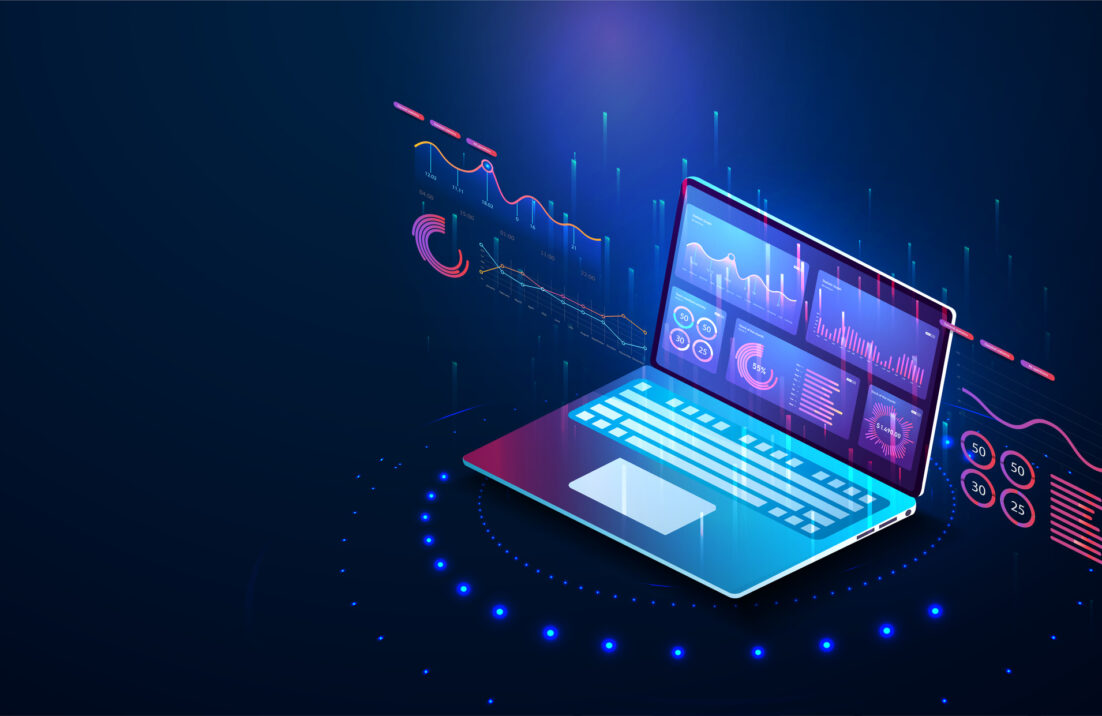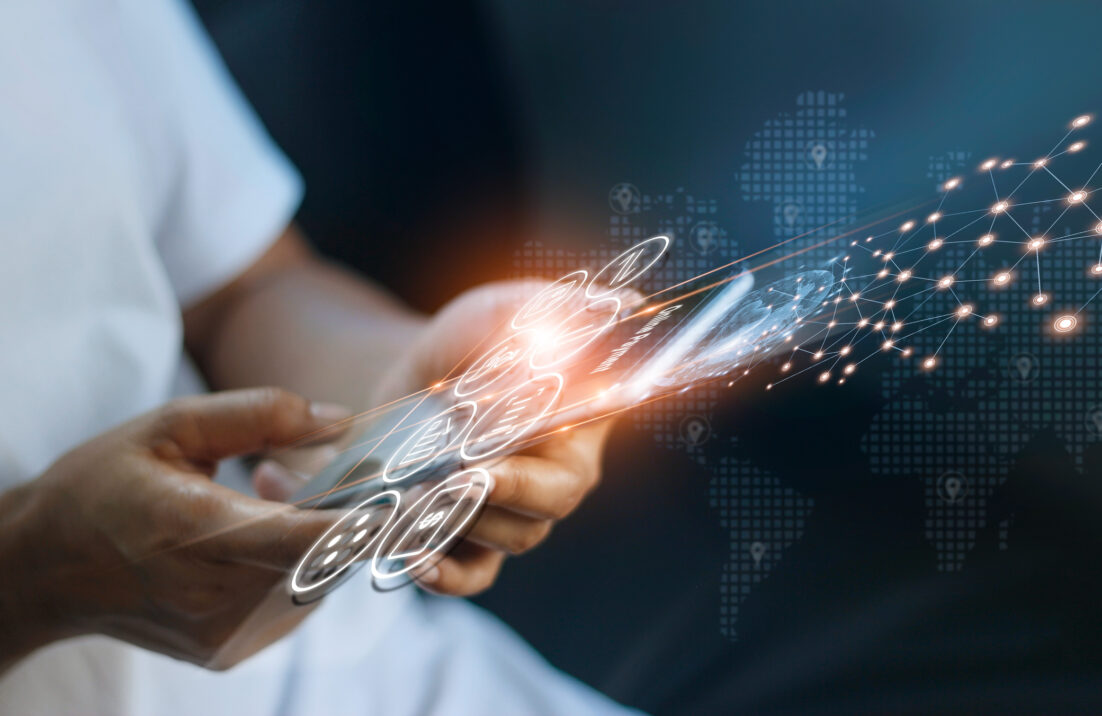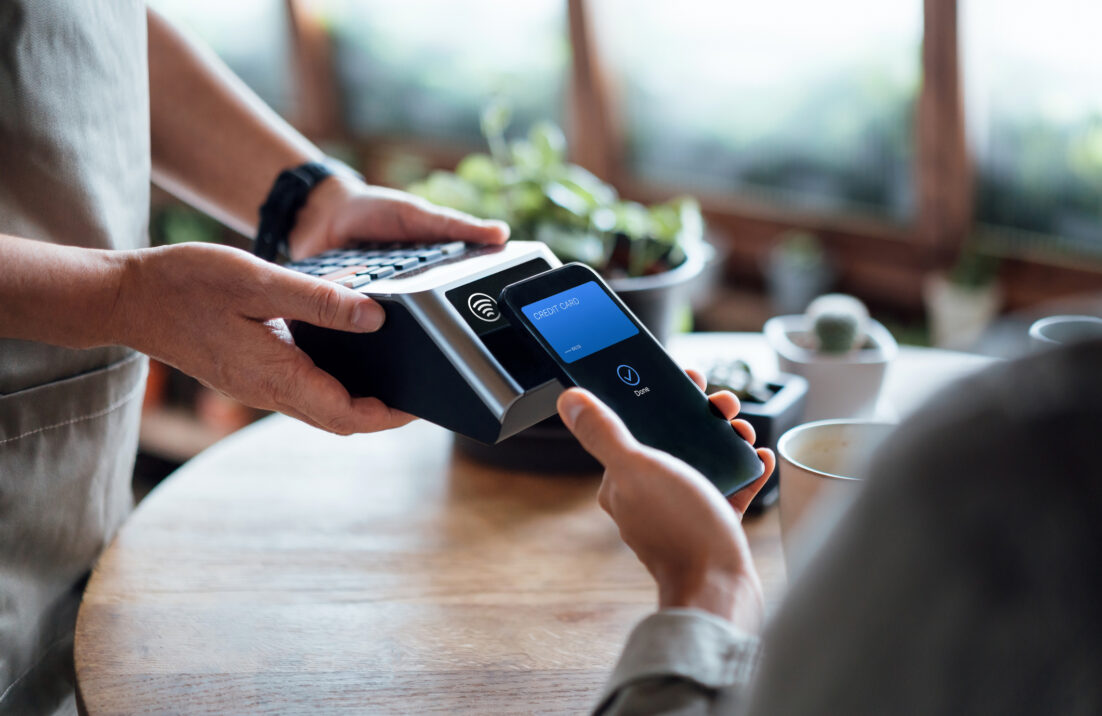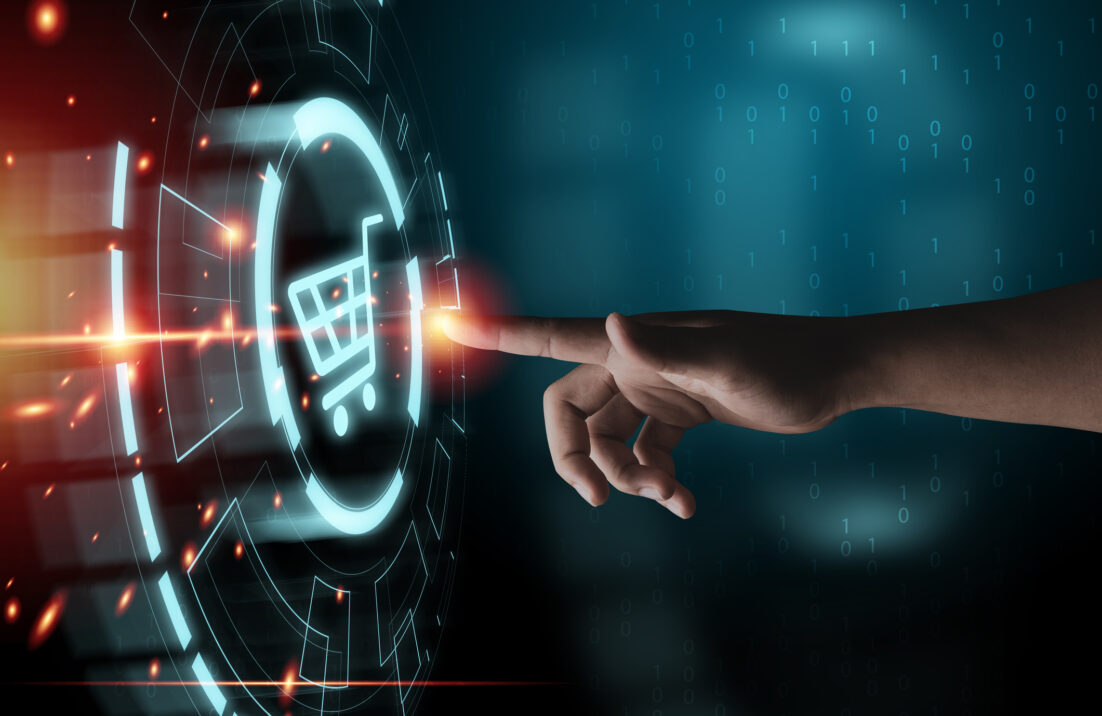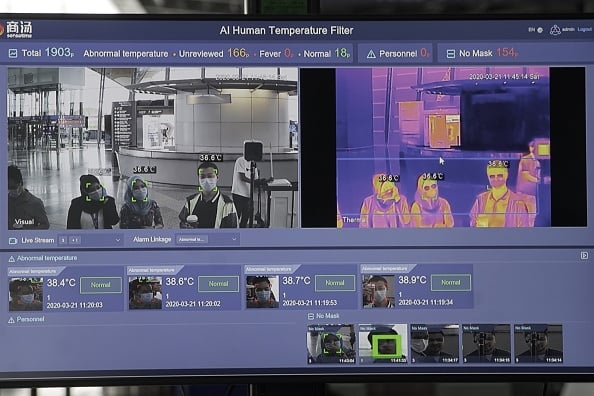 My first blog in this series focused on using data, AI, and visualization to help detect and track the continued outbreak of COVID-19. The next topic in this blog series is focused on a different form of detection: detecting the virus in people. And it starts with understanding symptoms and ends with techniques to identify infected individuals at scale, which eventually helps shape individual treatment plans and resource allocation based on established virus hotspots.
My first blog in this series focused on using data, AI, and visualization to help detect and track the continued outbreak of COVID-19. The next topic in this blog series is focused on a different form of detection: detecting the virus in people. And it starts with understanding symptoms and ends with techniques to identify infected individuals at scale, which eventually helps shape individual treatment plans and resource allocation based on established virus hotspots.
Detecting the Virus in People
A virus is invisible to the naked eye, but symptoms are not: cough, shortness of breath, fever, chills, headache, sore throat, etc. These can all be visual cues to help identify someone who is potentially infected. And at first glance, those symptoms can fit far more than COVID-19, from a common cold, to the flu, to other lung diseases. What works in a hospital or doctor’s office, like taking your temperature, monitoring breathing, or looking at medical imaging, doesn’t work at scale in a location like an airport, train station, or super market. Virus detection at scale presents a major challenge. While imposing social distancing practices impacts the need to detect at scale, shortages in testing have a direct impact on actual numbers. Are the reports of the number of those infected directional? Are the true numbers of those infected significantly higher than what is being reported? Regardless, detection and testing at scale will be critical as COVID-19 restrictions begin to ease as perceived and reported numbers level off and eventually decrease, creating an interesting opportunity for advanced technology like computer vision.
Recent advancements in computer vision are a natural fit to help with early detection. AI-enabled computer vision has the ability to detect common symptoms associated with COVID-19, like temperature or respiratory patterns, and do so with an impressive level of accuracy in real time. There is an example out of Taiwan in which high-resolution thermal cameras and deep learning are leveraged to scan passengers in densely populated areas of an airport. And the benefits are numerous in helping avoid bottlenecks in screening areas, hour-long waits in close proximity to others, and improper protective gear. These challenges are a recipe for exponential and dangerous levels of disease transmission.
From a medical imaging standpoint, the more data and images that become available, the more accurate AI models can become at detecting the virus. In this case, computer vision and image segmentation are being used to help radiologists more accurately and rapidly detect the virus, designate severity, understand virus evolution, and arm medical providers with more information to make better treatment plans based on limited resource availability (i.e., available ventilators). Early on, this was a challenge as the scarcity of imaging impacted the trust in outcomes, but as more data and more imaging becomes available and is shared across the globe, better trained algorithms are ensuring higher levels of accuracy in detecting COVID-19 and differentiating it from other viruses.
While the opportunity to better leverage computer vision is massive, concerns around data privacy and privacy in general come into play. On one hand, sharing medical imaging anonymously is for the most part, generally acceptable. Mass surveillance on the other hand is a scary term. While being able to identify an individual in a crowd with a high likelihood of COVID-19 sounds positive on the covers, what is the comfort level of people being watched and pulled out of a crowd? While I think we’re a ways off from this level of surveillance, I’m interested to watch as some of these ideas start being considered as legitimate options.
In the next blog, I’ll be focusing on the research aspects of COVID-19. How is data being used to help with prevention, control, and ideally elimination of the virus? And don’t forget to check out my first blog on how data is being used to detect and track an outbreak. Stay socially distant, stay safe, stay healthy, and stay tuned.



